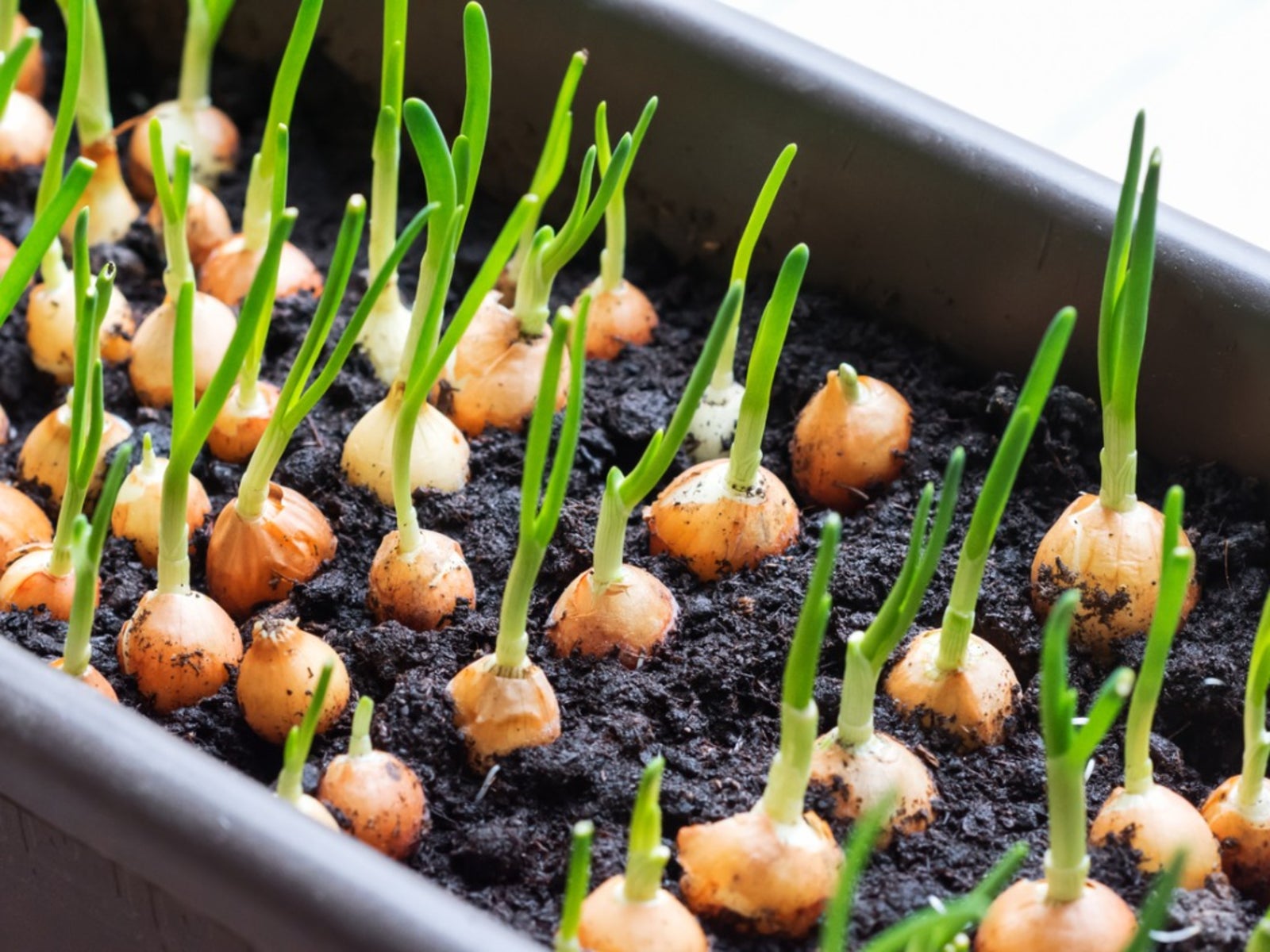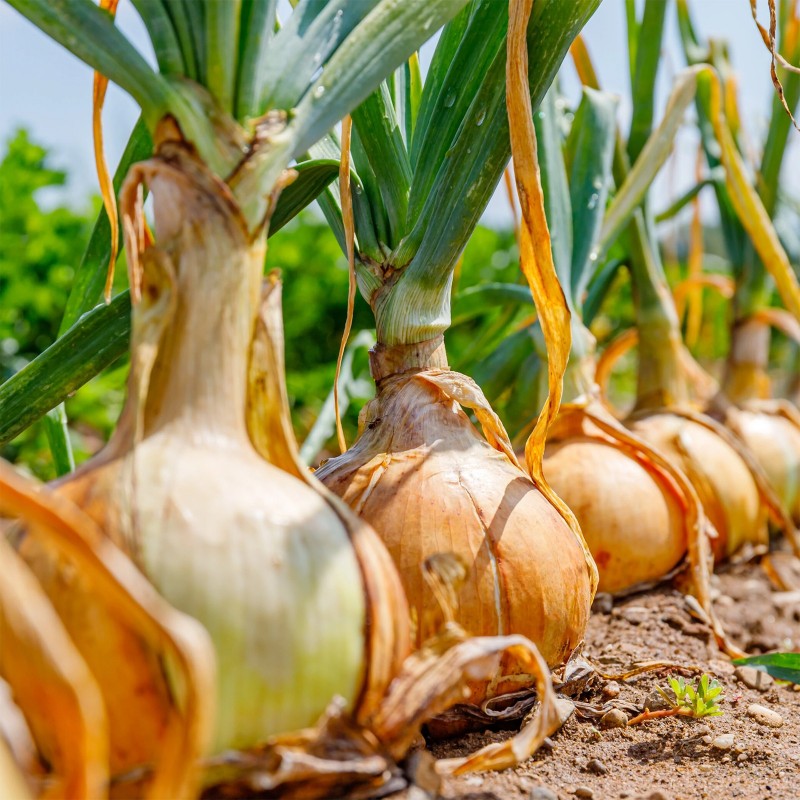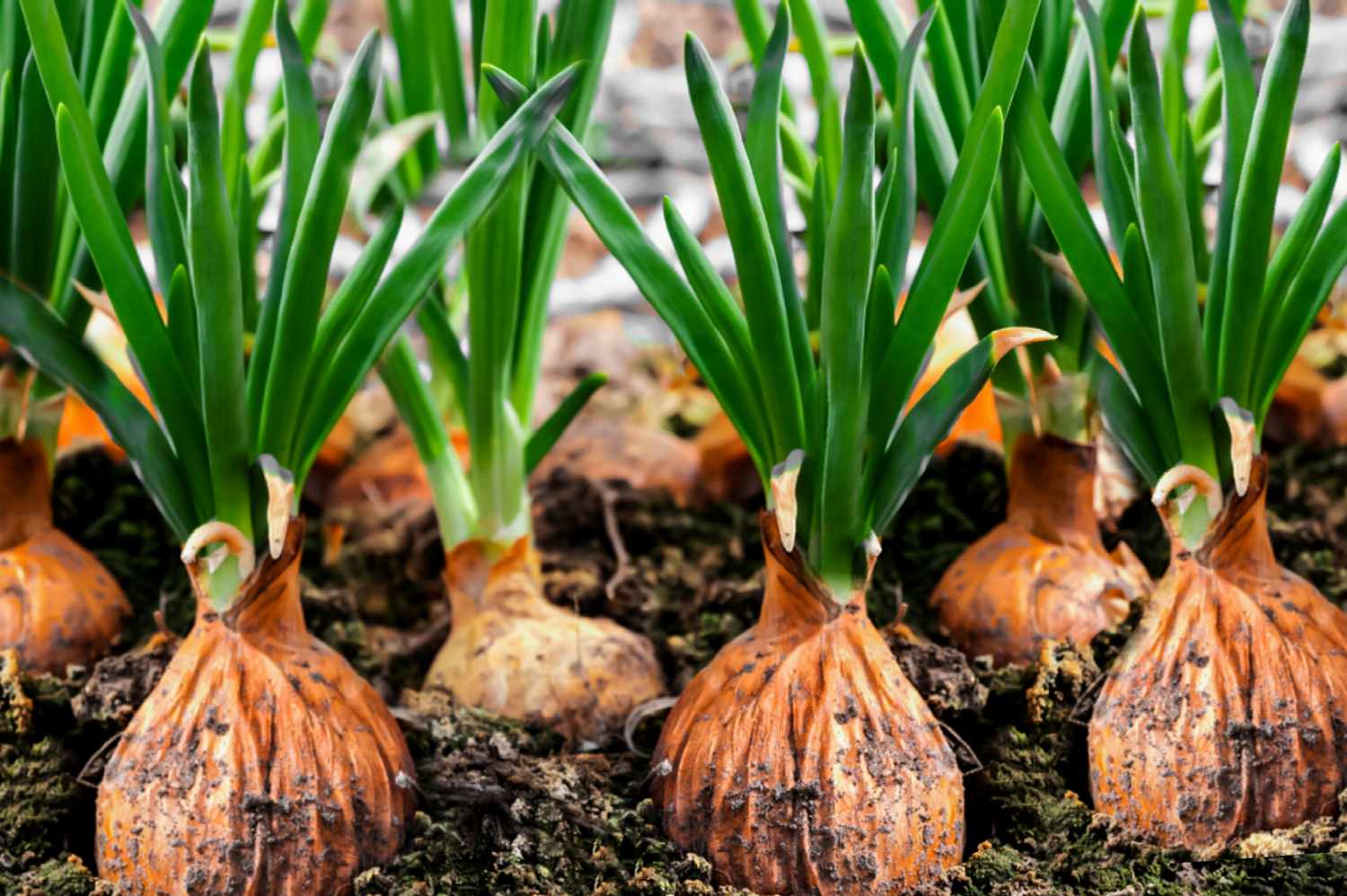Onions, with their distinctive flavor and culinary versatility, are a staple in many gardens. While most gardeners focus on growing onions for their bulbs, harvesting onion seeds opens up a world of possibilities for seed saving and experimentation with different varieties. In this comprehensive guide, we’ll delve deep into the process of onion seed harvesting, providing valuable insights and practical tips for gardeners of all levels.

Understanding Onion Seed Production:
Before diving into the intricacies of onion seed harvesting, it’s essential to grasp the fundamentals of onion seed production. Onions are biennial plants, meaning they complete their life cycle over two years. During the first year, onions focus their energy on bulb development, storing essential nutrients for the plant’s future reproductive phase. In the second year, triggered by changing environmental conditions such as increasing daylight hours and warmer temperatures, onions transition from bulb development to seed production.
Timing is Key:
Timing plays a crucial role in successful onion seed harvesting. As the second year progresses and temperatures begin to rise, onions undergo a process known as bolting. Bolting is characterized by the rapid growth of a flower stalk from the center of the onion plant, eventually culminating in the formation of seed heads. It’s essential to monitor your onion plants closely during this stage, as harvesting onion seeds at the optimal time ensures seed viability and quality.
Harvesting Onion Seeds:
The key to harvesting onion seeds lies in patience and observation. As summer gives way to early fall, keep a watchful eye on your onion plants for signs of seed head development. Mature seed heads will gradually turn brown and begin to dry out, indicating that the seeds are ready for harvesting. Use sharp scissors or pruning shears to carefully cut the seed heads from the plant, taking care not to damage the seeds in the process.
Threshing and Cleaning:
Once you’ve harvested the seed heads, the next step is to extract the seeds and prepare them for storage. Threshing is the process of separating the seeds from the seed heads and any accompanying debris. You can accomplish this by gently rubbing the seed heads between your hands or by tapping them against a clean, hard surface. After threshing, winnow the seeds to remove any remaining chaff or impurities. A simple method involves pouring the seeds from one container to another in front of a gentle breeze, allowing the lighter chaff to be carried away while the heavier seeds remain behind.

Drying and Curing:
Proper drying and curing are essential for preserving the quality and viability of onion seeds. Spread the cleaned seeds out in a single layer on a paper towel or a fine mesh screen, ensuring good airflow around each seed. Place the seeds in a well-ventilated area away from direct sunlight and moisture, allowing them to dry thoroughly over the course of several days to a week. Once dry, transfer the seeds to airtight containers such as glass jars or paper envelopes, making sure to label each container with the onion variety and harvest date.
Storage:
Storing onion seeds properly is vital for maintaining their viability over time. Choose a cool, dry location for seed storage, away from temperature fluctuations and humidity. A basement or pantry shelf is ideal for this purpose. When stored correctly, onion seeds can remain viable for several years, allowing you to save money and preserve your favorite onion varieties for future growing seasons.
Tips for Success:
Start with high-quality onion plants from reputable sources to ensure healthy seed production.
Consider growing open-pollinated or heirloom onion varieties for greater seed diversity and adaptability.
To prevent cross-pollination, isolate different onion varieties from one another or stagger planting times.
Hand pollination can help ensure seed purity, especially when growing multiple onion varieties in close proximity.
Regularly inspect your onion plants for signs of pests or diseases that could affect seed production, and take appropriate measures to address any issues promptly.

Conclusion:
Harvesting onion seeds is a rewarding endeavor that allows gardeners to deepen their connection to the natural world and preserve the rich diversity of onion varieties for generations to come. By following the guidelines outlined in this comprehensive guide, you’ll be well-equipped to master the art of onion seed harvesting and enjoy a bountiful harvest of seeds for years to come.

